Glenealy Plantations is committed to undertaking the integrated High Conservation Value (HCV) - High Carbon Stock Approach (HCSA) assessment in any new development areas, and there will be no development in any identified HCV and HCS areas. All HCV and HCS areas identified through HCV-HCSA assessment in a new development if any, will be protected and managed. Glenealy Plantations practice a strict No Open Burning policy in the entire operation including new development or replanting.

Stream within oil palm plantation (jelalong)

Waterfall within oil palm plantation (Jelalong)
Fire Hotspot Monitoring
Tree Planting Collaboration Program
October 2023 - Bintulu Development Authority (BDA), Rh Ningkan and Others
May 2021 -University Putra Malaysia and Long Bala Communities
Belaga HCS Recovery Plan
As per 30 Jun 2024 , Glenealy Plantations has no existing plantings on peat and committed to no new development in peat area regardless of depth. If any existing oil palm developed on peat prior to 31st December 2015 were to come under the Glenealy Plantations management in the future, these areas will be managed following RSPO BMPs for existing oil palm cultivation on peat. Currently, company has no unplanted landbank on peat.
As part of Glenealy Plantations’s effort to protect the biodiversity and natural habitat areas, we conserve riparian buffer zones, steep slope areas and identified high biodiversity areas (HBV) within our oil palm plantations.
As of 1 July 2024, the company has set aside a total of 1,873 hectares as a conservation area within the oil palm plantation. Various biodiversity assessments and enhancement activities, including camera trapping and scientific studies, have been initiated and will continue in these areas.
The riparian buffer zones within existing oil palm plantation are demarcated with signages to prohibit the application of chemical fertilizer, chemical spraying and other dos and don’ts. No planting on steep slope areas and existing vegetation will be preserved and planted with more native species for erosion control. HBV areas also been identified with the placement of signages to avoid unauthorized encroachment and to preserve the ecology.
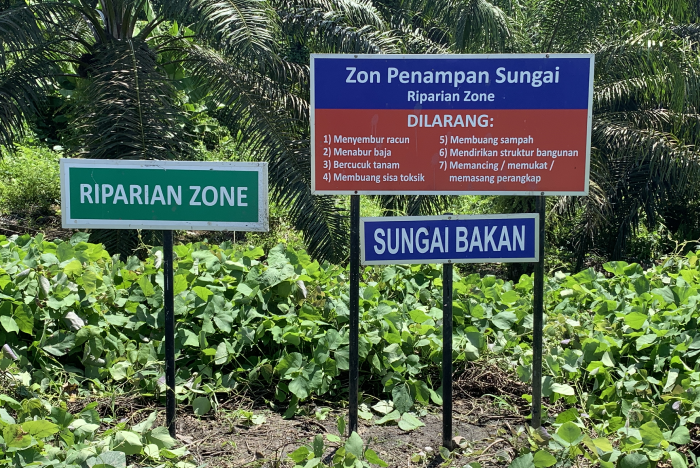
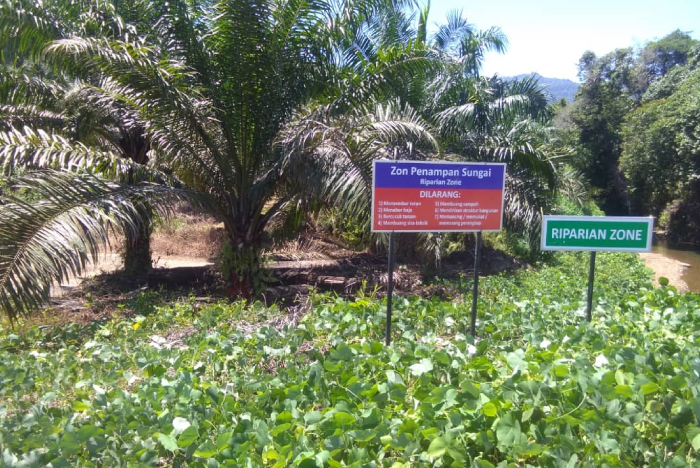
Signage of prohibited activities such as chemical application within river buffer zone as 1 Jan 2019
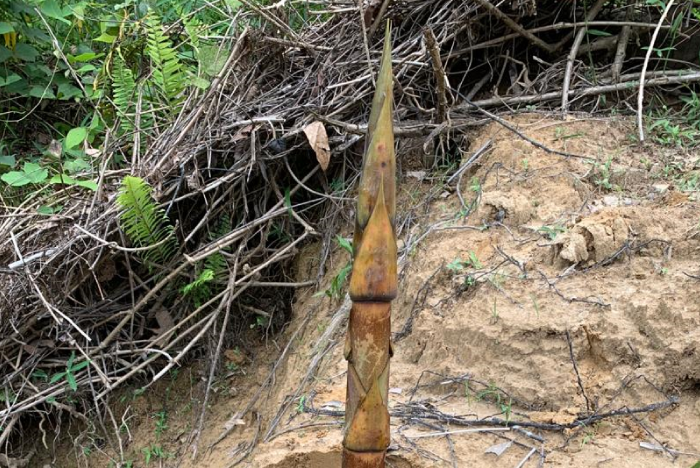
Tree Planting program within river buffer zone to minimize the river bank soil erosion as per Mar 2021
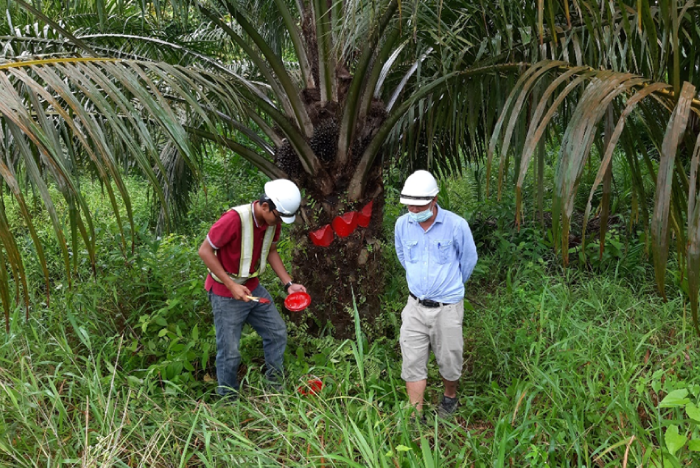
Palm marking within river buffer zone as indication for prohibiting chemical application
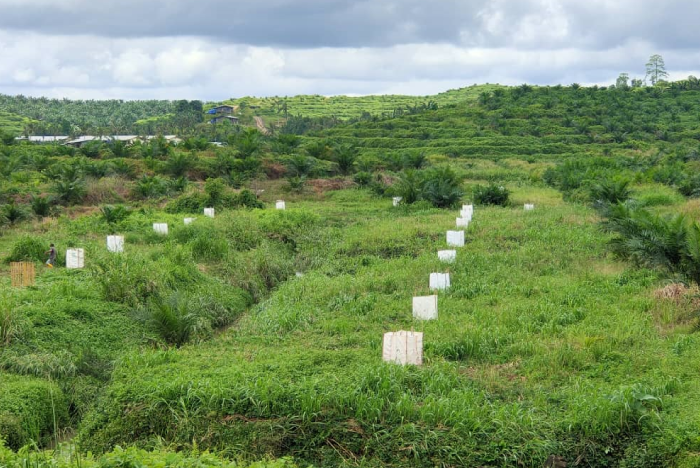
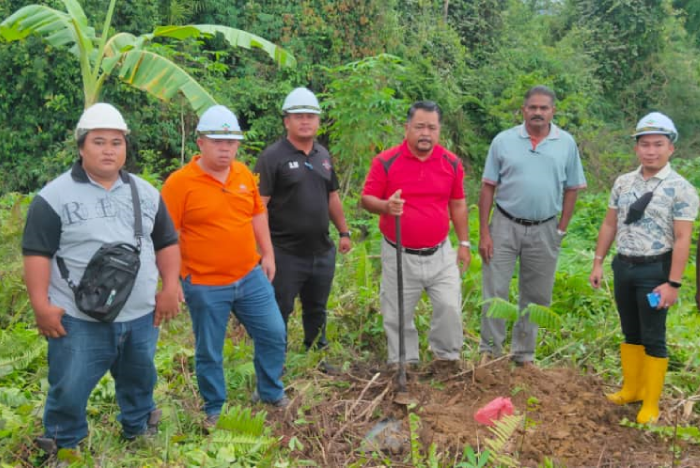
Tree Planting at Riparian zone area
Glenealy Plantations is implementing various initiatives to reduce greenhouse gas (GHG) emissions and waste in its plantation and milling operations. These efforts include adopting good agricultural practices by following agronomist-recommended fertilizer application, implementing responsible waste management strategies such as reuse and recycling, optimizing energy efficiency in milling processes, and reducing fossil fuel consumption by replacing it with biomass. Additionally, the company is incorporating solar energy to power domestic facilities and street lighting while promoting reforestation and conservation efforts to enhance carbon sequestration.
In addition, as part of the contribution to minimize pollution, company is adhering to “Zero Open Burning” policy which include the prohibition of domestic waste burning. All the scheduled waste is disposed by licensed contractor besides internally promoting 3R campaign; reduce, reuse and recycle as part of the waste management program.
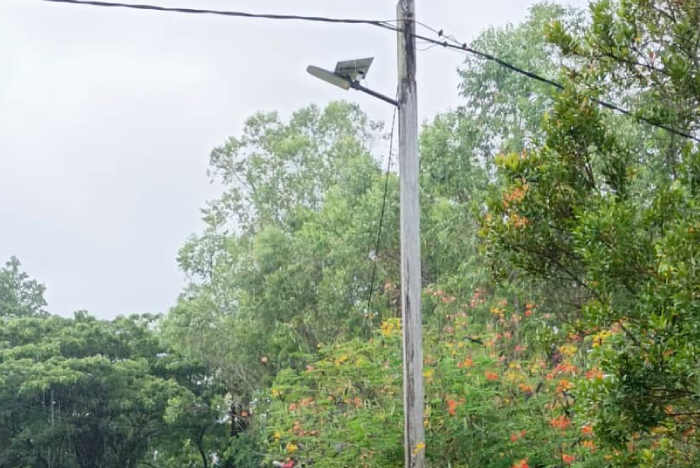
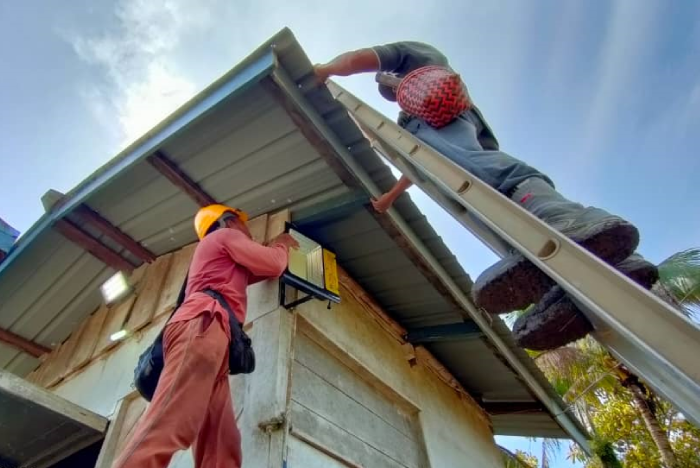
Installation of Solar Energy Lighting to reduce GHG Emission
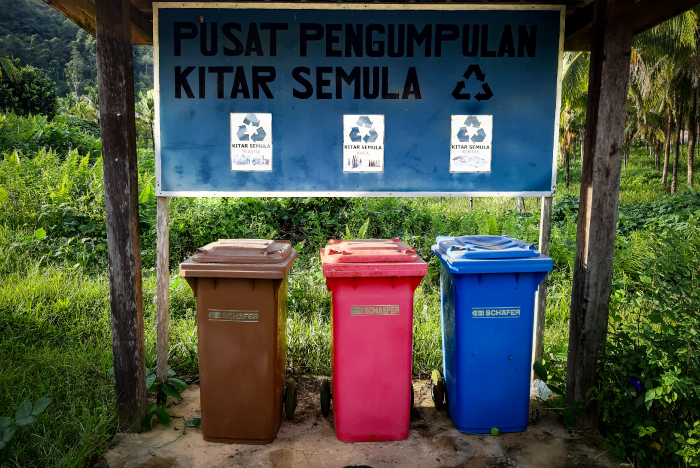
Recyclable waste center to promote waste recycling activities
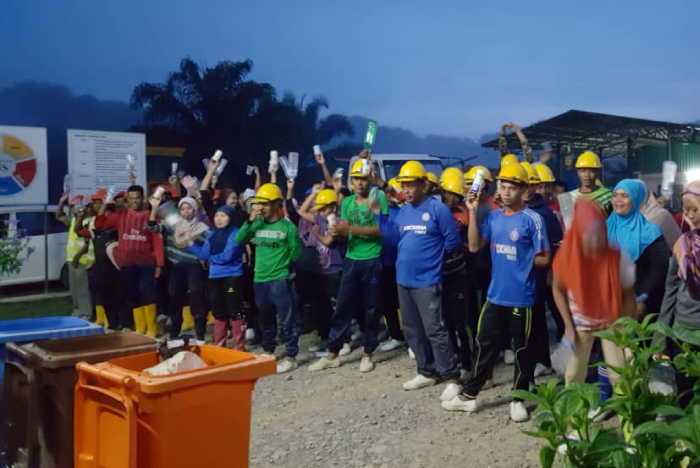
Recyclable waste awareness campaign
01 Jun 2024 - 31 Dec 2024
GPSB 2nd Recycle waste campaign
The company successfully conducted its Second Recycle Waste Campaign from 1 June to 31 December 2024, with full participation from all estates. Guided by the theme "Recycle It All, No Matter How Small," the campaign aimed to promote environmental responsibility and reinforce sustainable waste management practices at the ground level.
Throughout the campaign period, a total of 14,219 kilograms of plastic bottles and containers and 663 kilograms of aluminium cans were collected and sold to recycle collection centers. This collective achievement demonstrates the strong commitment of our workforce towards reducing recyclable waste and supporting the company's broader environmental goals.
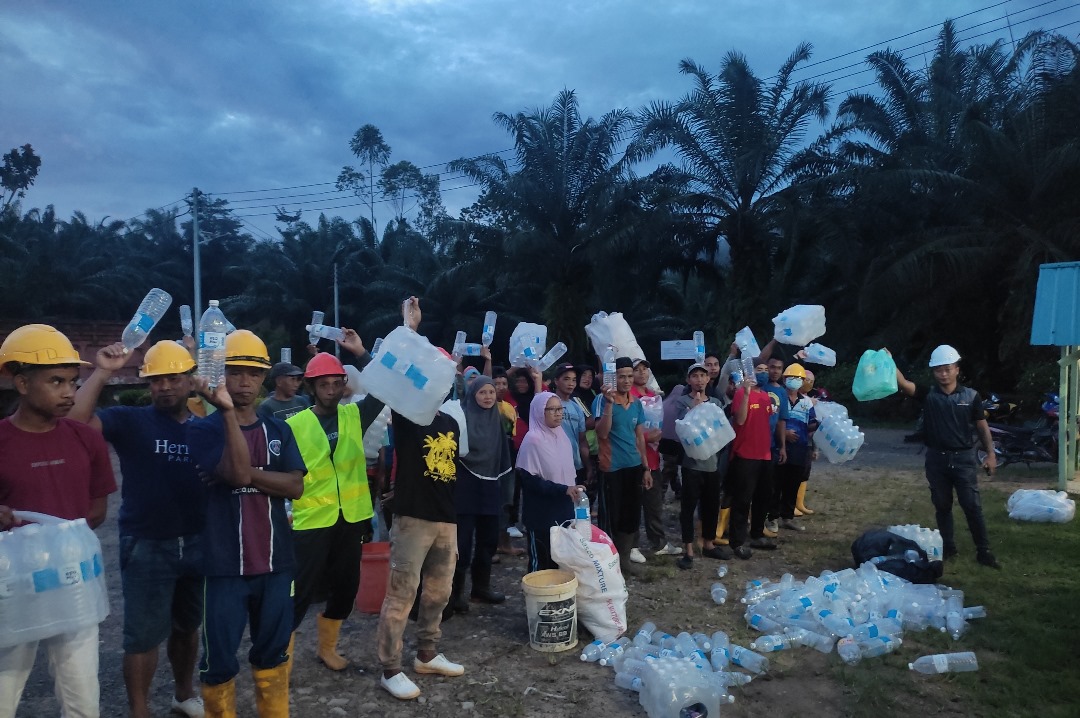
16 Aug 2023 - 29 Feb 2024
GPSB 1st Recycling Waste Campaign
GPSB initiated its first group-wide recycling campaign from 16 Aug 2023, to 29 Feb 2024, involving all Sarawak oil palm estates and mills. Participating estates and mills segregated recyclable waste such as plastic bottles/containers and aluminum cans, which were then sold to recycling centers. During the six-month campaign, we managed to collect and sell 8,706 kg of recyclable plastics and 1,224 kg of aluminum cans. The campaign raised awareness among the GPSB community about the importance of recycling efforts, reducing landfill burden, and contributing to a cleaner and greener planet.


05 May 2023
Glenealy Plantations Sdn Bhd & University Putra Malaysia (UPMKB) Community Outreach Program at Rh. Louis Ngagong Lenjau, Seping Long Bala
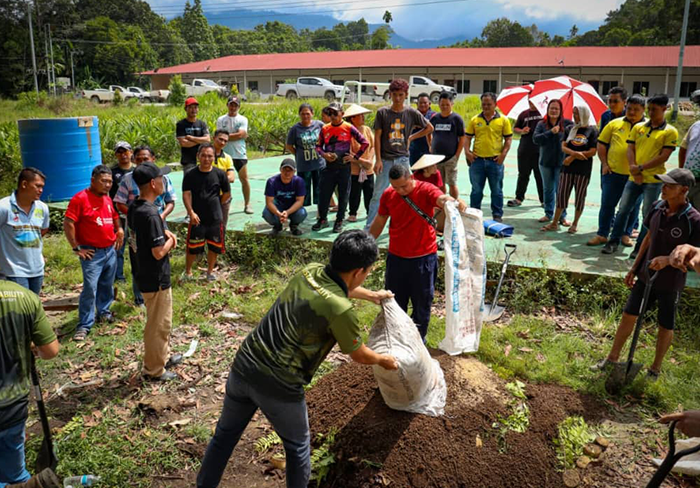
A strategic collaboration was conducted between Glenealy Plantations Sdn Bhd (GPSB) and the Faculty of Agricultural and Forestry Sciences, UPMKB, through a community outreach program with the theme "TOGETHERNESS PROSPERITY SOCIETY" at Rh. Louis Nyagong Lenjau, Seping Long Bala, Belaga, Sarawak on May 5th, 2023. Approximately 100 participants from the Long Bala Community joined the Home Composting demo conducted by an expert from the University Putra Malaysia (UPMKB). The program demonstrated how leftover food or recyclable biodegradable waste can be used as inorganic fertilizer. The villagers learned how to use this organic fertilizer as a supplement for their vegetable farms while also reusing waste and contributing to environmental protection.
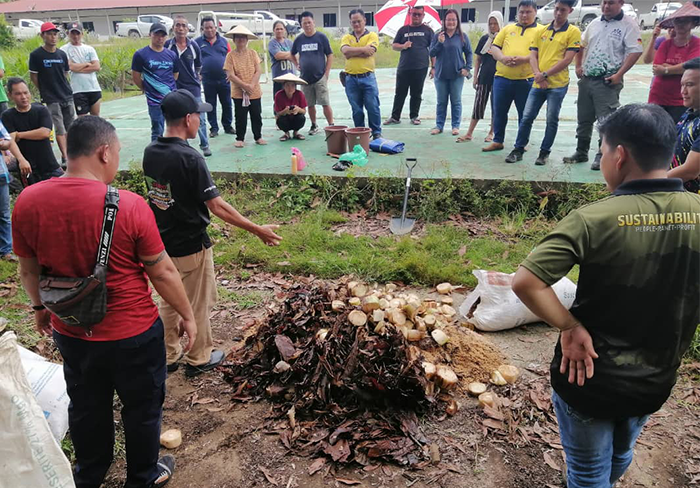

Biodiversity Assessment and Monitoring
A biodiversity assessment is a systematic measure of some defined ecosystem components often thought of as an indicator or surrogates of the conservation status or area. For example, assessing areas of High Biodiversity Value (HBV) area is vital to determine key areas for future conservation efforts and also as a tool to measure species communities/compositions or even to discover life that will be new to science.
Biodiversity monitoring is quite similar to biodiversity assessment except that it will be repeated over time to gather information about trends and possible trajectories of population on certain species in the habitat being studied. The assessment will basically will act as a baseline data or information in which, any monitoring will be developed and executed.
The company prohibits hunting, especially of rare, threatened, and endangered species. No-hunting signage has been placed in strategic areas and High Biodiversity Value (HBV) zones.

Signage pf prohibited activities (e.g. hunting) at HBV area as 1 Jan 2019
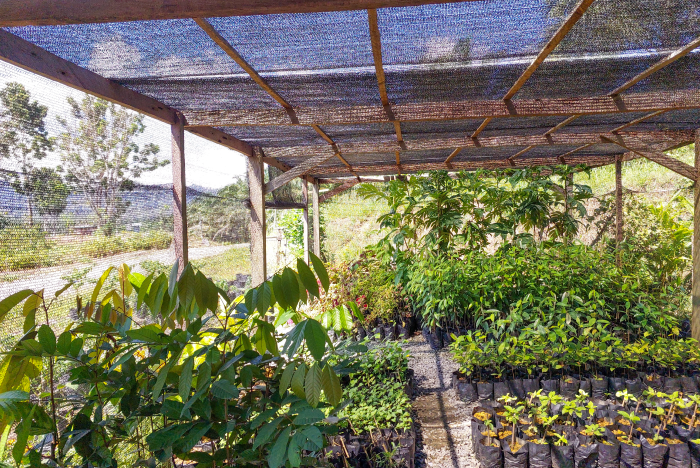
Establishment of mini nursey for tree planting program within river buffer zone and HBV zone as per Nov 2020
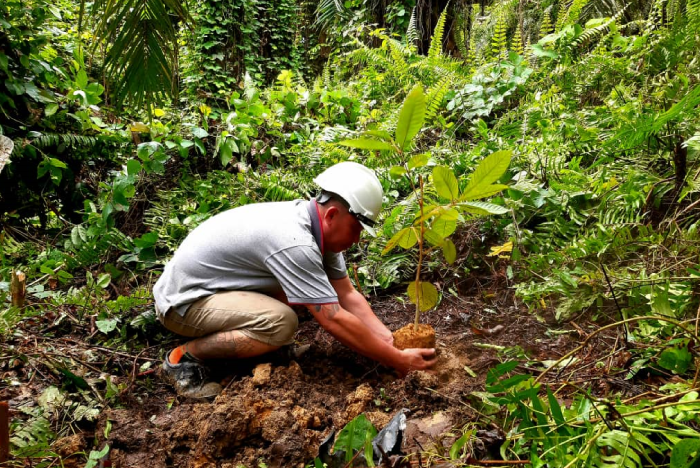
Tree planting program within HBV zone to enrich the bio-diversity habitat as per Jan 2021

Camera Trapping program within HBV zone to monitor wildlife as per Mar 2021
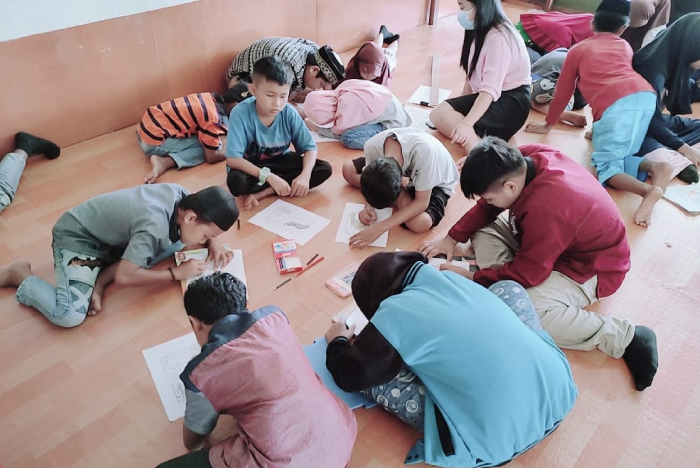
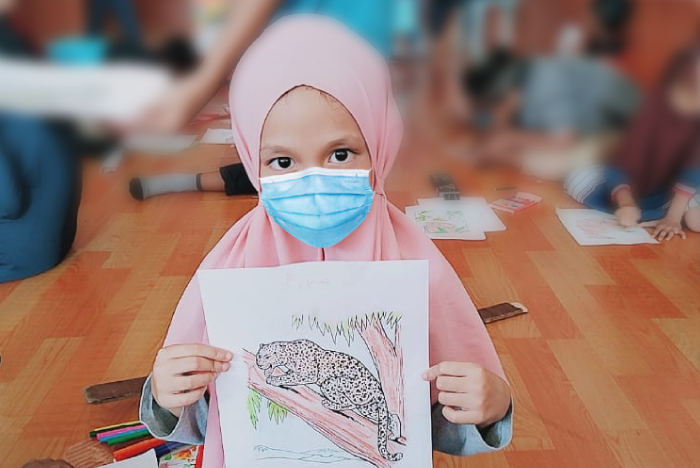
Colouring Contest (Theme: Biodiversity enhancement and Protection) among Community Learning Center’s Student to create awareness on the important of Biodiversity Protection
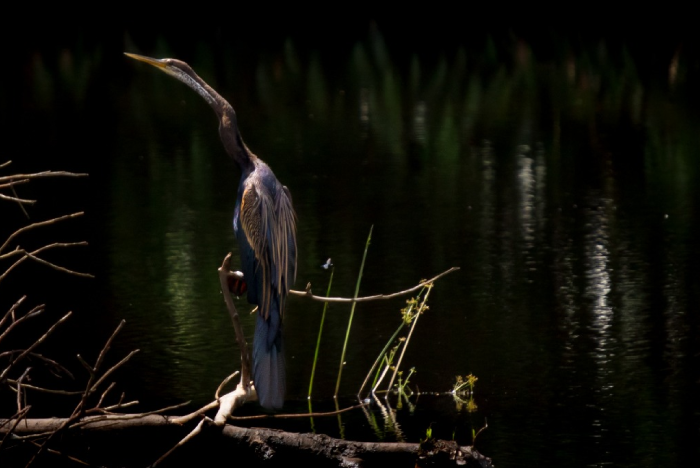
Spotted of Rare, Threatened, and Endangered Specie (RTE)- (Anhinga melanogaster - Oriental Darter) at the plantation

Rare, Threatened and Endangered Species (RTE) related topic awareness training

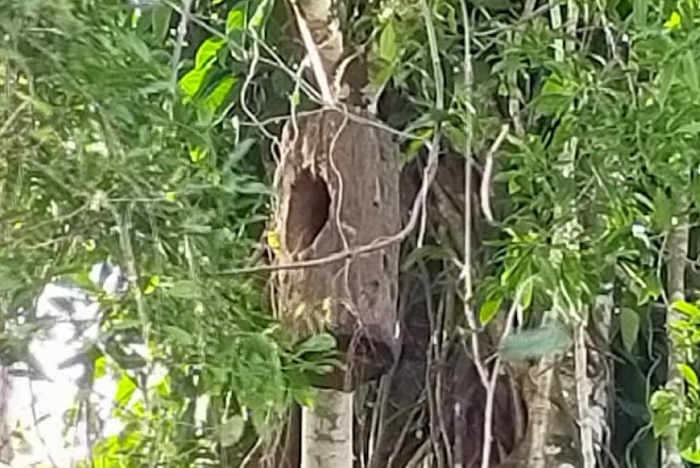
Fabrication and installation of Hornbill artificial nest to encourage and support the survivability of hornbill species in the area
Communication & Conservation Programme on Education & Public Awareness Concerning Trafficking & Conservation of Wildlife in Sarawak
Communication & Conservation Programme on Education & Public Awareness Concerning Trafficking & Conservation of Wildlife in Sarawak (3M) has been successfully carried out at Belaga Training Center on the 18th April 2024, which was attended by about 40 participants from Glenealy Plantations Sdn.Bhd.- Belaga Complex. This programme which has been carried out for the first time in collaboration with Glenealy Plantations Sdn.Bhd., government sector & enforcement unit of Sarawak Forestry Corporation (SFC) Bintulu Branch with the following objective:
Disseminate information to the public particularly private sector regarding criminal trafficking of wildlife in Sarawak and its impact on the community.
Provide awareness regarding security factors that involve the community within the surrounding areas of crocodile habitat.
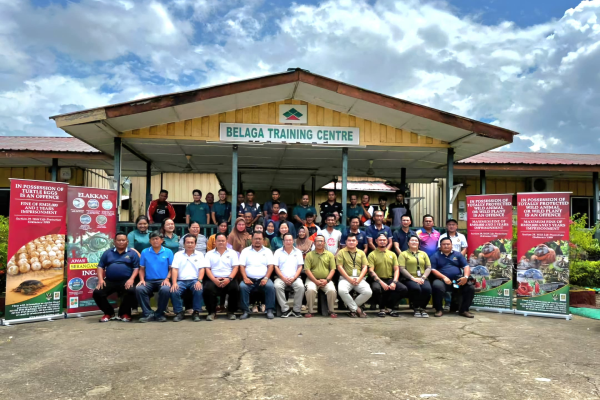
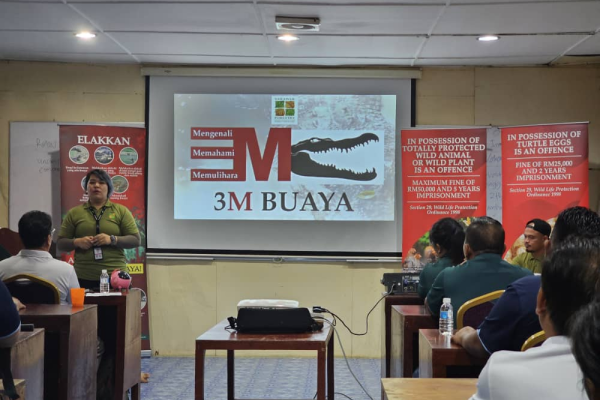
On 26th and 27th March, 2025, Glenealy Plantations Sdn Bhd (GPSB), through its Sustainability Department, in collaboration with Lana Estates and Lana Palm Oil Mill, jointly organised their first Wildlife Conservation, Education, and Awareness Programme with the Sarawak Forestry Corporation (SFC), Bintulu Regional. The program was held at Lana Estate and SK Punan Ba, Kapit Division with the following aim:
To introduce awareness about wildlife conservation and protection within estate areas and schools.
To educate on the offences, fines, and penalties related to the trafficking of protected and fully protected wildlife species.
To raise awareness on safety measures and protection against crocodile threats.
To instill early awareness and understanding in the younger generation about the importance of wildlife conservation.


Lana’s CLC children tree planting educational program
The Lana Community Learning Center Children (CLC) Tree Planting Program, scheduled on 26 Mar 2024, is an initiative aimed at engaging children in environmental conservation through educational activities and hands-on tree planting experiences.
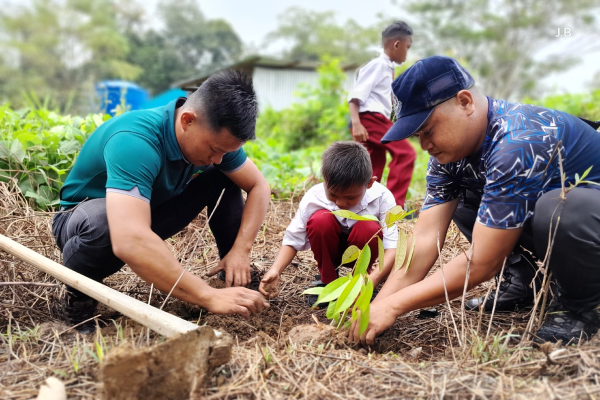

CLC children participate in tree planting educational and awareness program
Biodiversity Articles and Gallery (Click to view the Articles)








